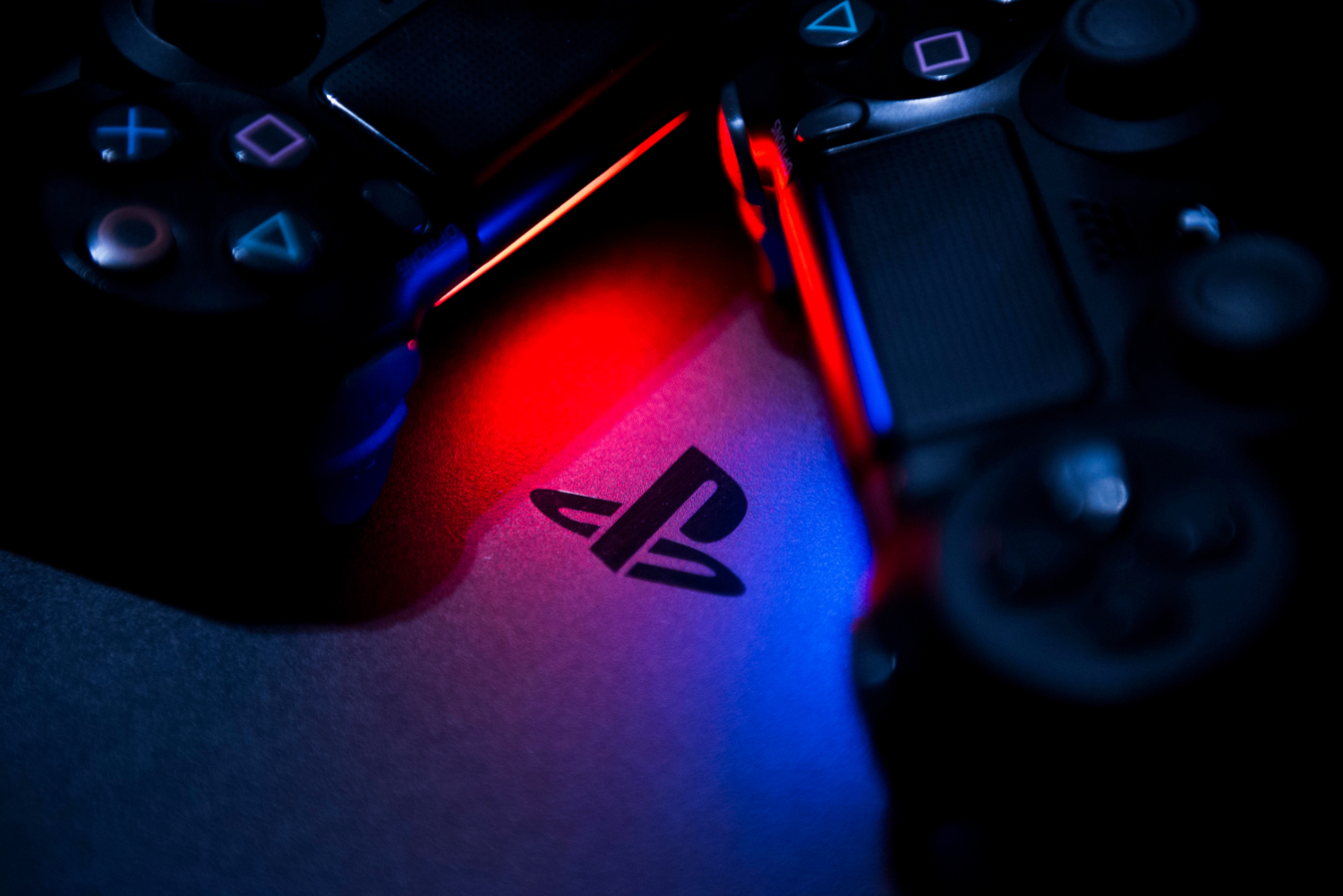Sony: PS5 Will Feature AMD-Accelerated Ray Tracing
Sony offered a few more details about its next-gen console today in an interview with Wired. The company finally confirmed the console will be called the PlayStation 5, will ship next holiday season (2020) and will feature hardware-accelerated ray tracing provided by whatever GPU it's sourced from AMD.
The last point was really the only question Sony needed to answer. Most people assumed its next console would be the PlayStation 5--it hasn't deviated from that naming convention since the PlayStation 2 debuted in 2000--and it seemed likely to debut in time for the holiday shopping extravaganza. But there was no indication as to whether the PS5's ray tracing would be software-based or hardware-accelerated. Now we know it's the latter.
Sony also offered precious few details about how the PS5's internal storage is going to work. This will be the company's first console to feature an SSD, yet aside from showing off the drive's capabilities in May, the company hasn't said much about it. But today Wired reported that Sony plans to change the way games are installed on the PS5 so people don't have to devote a significant amount of their limited storage to a single title.
Games played on the PlayStation 4 have to be installed in their entirety. That isn't a big deal for people who play every aspect of their game, but if someone's only interested in the single-player campaign or multiplayer gameplay, this can lead to a lot of wasted space. Sony told Wired that the PS5 will allow people to decide if they want to install the game completely or simply install the parts of the game they know they want to play.
That will be important, too, because games have to be installed on the PS5. The optical drive, which supports 100GB optical discs and will also play 4K Blu-ray discs--can't keep pace with the SSD. This means physical releases of games are essentially just delivery mechanisms for people who don't want to buy a game online, have to contend with data caps or don't have an internet connection that can download the game as fast as they would like.
Wired reported that Sony also updated the PS5's controller with improved haptic feedback. Aside from that, however, the company didn't offer much information beyond what it shared in April. We know it will feature an eight-core Ryzen processor and Navi graphics from AMD that can support gaming at up to 8K resolutions. We don't know the SSD's capacity, the console's price or when exactly it will debut. Those details should arrive in a few months.
Get Tom's Hardware's best news and in-depth reviews, straight to your inbox.

Nathaniel Mott is a freelance news and features writer for Tom's Hardware US, covering breaking news, security, and the silliest aspects of the tech industry.
-
WillieMac16 Apparently no one at Tom's bothered to read the article they linked in their own post. This holiday season =/= 2020 holiday season (fiscally, yes...but to consumers, no). But even then, the 2020 holiday season will really be 2021 fiscally...Reply -
setx Replysupport gaming at up to 8K resolutions
I guess you will be able to play Tetris at native 8K with decent fps, the rest would be upscales with obvious quality. -
hannibal No... it will run text menus in games at full 4K resolution. Tetris is too demanding for that!Reply
Ps 4 and PS3 Are 1080p consoles. They have output that support 1080p... same in here, just in 4K. -
Giroro "The optical drive, which supports 100GB optical discs "Reply
Oh man, Just think of how great lossless audio would sound if those 700MB CDs were replaced with... well anything mordern, really.
Probably not Blu-Ray since PC support and DRM for that was so bad it basically killed optical media (not to forget how slow those live ad-filled menus are)... and nothing flash-based since it would be crapped up with DRM, but maybe like a single layer DVD or something, at least... which they would also crap up with DRM... Actually maybe they shouldn't touch CDs since it was the last good physical music format. -
bit_user ReplyMost people assumed its next console would be the PlayStation 5--it hasn't deviated from that naming convention since the PlayStation 2 debuted in 2000
Well, if you ignore the PS4 Pro... -
TerryLaze Ah! the rebirth of 24FPS "cinematic" gameplay.Reply
But then again devs will widely ignore raytracing if it's too slow.
